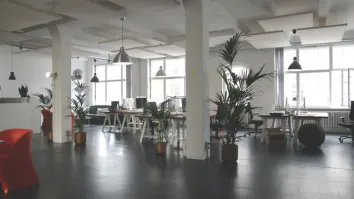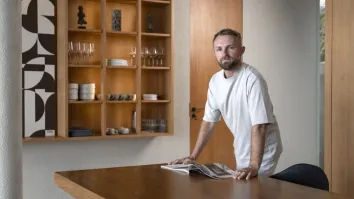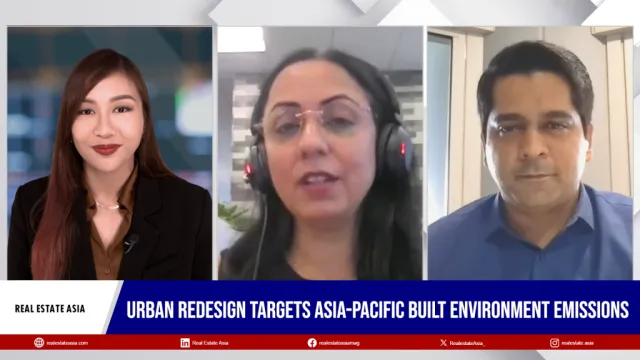
A sneak peek at Singapore office market’s journey to a post-COVID world
Savills outlined transition stages the market has to go through over the next few years.
A year into the pandemic, although the level of market uncertainty has declined, at a granular level, there is still a lack of clarity. Savills notes that the lack stems from the rather undetermined views offered by various industries regarding their attitude towards hybrid work.
Hybrid work is where some employees return to the workplace while others WFH. Also, which industries and which operations within them will be assigned to diff erent grades of offices, locations and business park space is still open to debate by corporates. For example, will back-room operations still be assigned to CBD locations, shifted to regional centres, outsourced to other countries, or encouraged to WFH or a combination?
Here’s more from Savills:
Nevertheless, one thing is clear and that is the increasing consensus amongst corporate leaders that the previous one hundred percent office workplace practice will be reduced significantly. However, there is a limit to the contraction because beyond that point, countervailing forces come into play which push back against WFH. This inference arises from data analysed by Microsoft and produced in a write up titled “Microsoft forecasts the next great disruption as hybrid work.’ In that report, it was said that seven global hybrid work trends have been found from research. Of these seven, we believe that the ones impacting office space are:
1. Flexible work will be accepted practice. (-)
2. The move to remote working is endangering innovation. (+)
3. Remote working cannot build authentic relationships which are needed to foster compassion and comfort among employees. (+)
4. Employees with the right skill sets can be sourced not only within a country but also outside. (-)
The (+) and (-) symbols mean a positive and negative contribution to the demand for office space respectively.
The net effect is that general office space usage for most companies will shrink, at least for the medium term. For Singapore, it is likely to contract more out of concern that business conditions will be more challenging and given the already tried and tested mode of WFH, companies will attempt to pare overheads by shedding some office space and/or moving to either secondary locations or WFH.
To get to our view of a likely end state of the office market in a post-COVID world, we have ordered transition stages that the office market needs to go through over the next few years. These intermediate phases are seen in Table 2.
On which grade of offices (AAA, AA or A) which may perform better in the coming quarters, we have a contrarian view. Currently, the commonly held belief is that rents in AAA buildings are holding up and should continue to do so while the level of rental discount increases as one cascades down the building grades. However, what has been observed in the tenant’s market is that they are either rightsizing downwards or upsizing from coworking locations. On an aggregate level, it is likely that they could be meeting at a new sweet spot in office size.
As Category 1 buildings have relatively large floor plates, we would believe that leasing transactions involving units less than 100 sq m would be relatively few. As the URA index uses the medium measure, the 3.3% rise in the URA index in Q1/2021 could have arisen from those sized >500 to 1,000 sq m where rents rose 11.4% QoQ. This range of office sizes may well be the new sweet spot, at least until tenants no longer need to rightsize and/or those expanding out from co-working spaces take a larger step to sign on spaces >1,000 sqm.
If this continues, it may ultimately benefit Grades AA, A and new Category 2 buildings1 because their floor plates may either wholly or can be easily modified to suit tenants who need >500 to 1,000 sq m of space. Also, as Grades AA, A and Category 2 buildings have lower rents, it could suit the more cost-conscious tenants. Still, despite the unexpected increase in URA’s office rental index in Q1/2021, we maintain our -5% YoY change for our CBD Grade A (encompassing AAA, AA and A) office rental forecast for 2021. The Q1/2021 rental increase may still face subsequent headwinds in the coming quarters due to more tenants rightsizing than upsizing.



















 Advertise
Advertise



